The Discus is a brightly colored fish that lives in South America. People refer to three different species by this name, including the blue, green, and red. They are members of the Cichlidae family, along with other cichlid species.
Researchers place all three species of Discus in the taxonomic genus Symphysodon. Read on to learn about the Discus.
Description of the Discus
Their bright colors and odd shapes make these fish quite unique. As their name suggests, they have a disc-shaped body that is laterally compressed. This means that their bodies are tall from top to bottom, but thin in width.
Size varies based on the species and where they live. Those in home aquariums reach larger sizes than those in the wild. Generally, these fish measure between five and nine inches long.
Interesting Facts About the Discus
These bright colored fish have a number of unique traits and features. Learn more about the three species, below.
- Blue – This species actually has two color patterns, the blue and the brown. Don’t let the name “brown” fool you, even that variation has bright colors and patterns. The brown has a yellowish body with light brown stripes, iridescent blue pattern on the upper fins and head, and red pattern on the lower fins.
- Red – It’s easy for you to spot the red species, not because it has bright red coloration, but because it has a distinctive black stripe down its body. The long stripe gives this fish an overall appearance similar to that of a cat’s eye.
- Green – While it doesn’t look particularly green, this species has a yellow-ish body, small red spots, and dim black stripes. Its appearance is somewhat similar to that of the brown variation of the green species.
Habitat of the Discus
All three species live in similar habitat types. They occupy primarily freshwater ecosystems. Some live mostly in blackwater habitats with warm water and acidic pH. Others live in whitewater habitats with lots of suspended mud or clay. Some also live in clear waters of rivers and streams. Each of the three species has its own unique preferences, though most prefer floodplain habitats.
Distribution of the Discus
You can find all three species in South America, primarily throughout the Amazon River Basin. Each species has its own unique range. People also keep these fish in home aquariums across the world. A large population also exists in fish farms in Asia.
Diet of the Discus
These fish are primarily omnivorous, which means that they eat both plant and animal matter. They feed on algae, plankton, insect larvae, and other small invertebrates. They also search the water for detritus, or small floating pieces of edible matter.
While animals in aquariums eat primarily commercially-produced fish foods, their wild counterparts alter their diets seasonally. This generally reflects the flood and drought seasons when food availability changes.
Discus and Human Interaction
Humans interact with these fish quite frequently. People keep all three species as pets in home aquariums. However, they do not collect them extensively from the wild, as people successfully breed this fish in Asian fish farms.
Regardless, human activity does impact their native habitats to some extent. Habitat destruction and pollution impact the waterways that they live in. However, the IUCN has not evaluated this species.
Domestication
Humans have not domesticated this fish.
Does the Discus Make a Good Pet
Yes, these fish do make good pets in home aquariums, but only for more experienced aquarists. Their odd shape and bright colors draw the eye.
However, you should never purchase pets that people have captured from the wild. This can deplete native populations and spread disease to your other fish. Instead, only purchase captive-bred animals.
Discus Care
You should house these fish in an aquarium no smaller than 55 gallons. Because their native habitats flood frequently, they require regular water changes to stay healthy. They prefer slightly acidic water and warm temperatures. You can house them with the same species, or other species that live in similar regions.
Behavior of the Discus
These fish are quite social and live in groups known as schools. Schools may contain several dozen fish, depending on the species and the region. The schools roam through waters in search of food. As breeding season arrives, the fish pair off and seek an isolated region to reproduce.
Reproduction of the Discus
Reproduction occurs via spawning, where the female lays eggs and the male fertilizes them outside of the body. The eggs stick to the surface of an object, like a submerged plant or branch.
After about two or three days, the eggs hatch and the young fry emerge. Both parents carefully guard the young for about a month, feeding them using secretions from their skin.


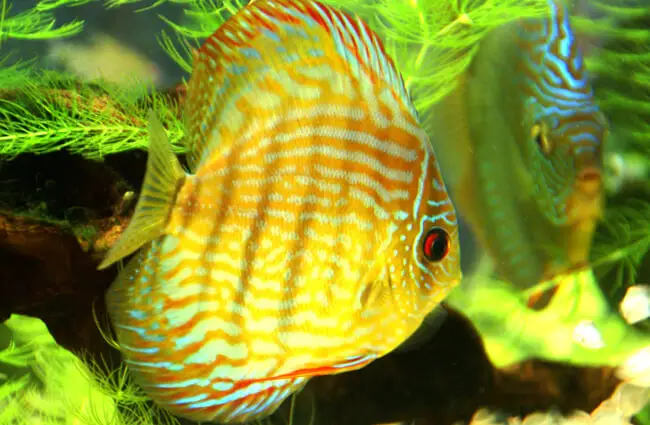
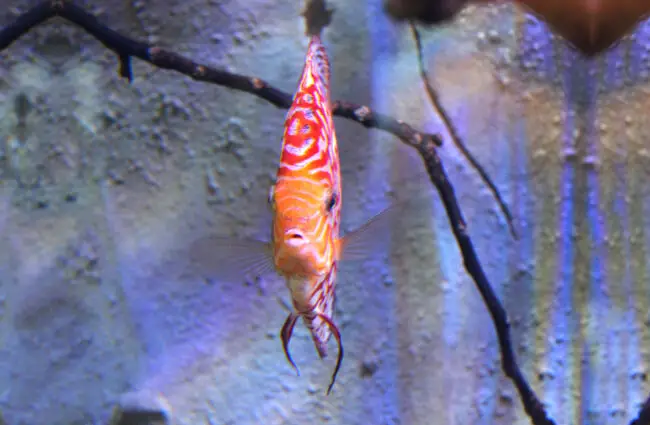
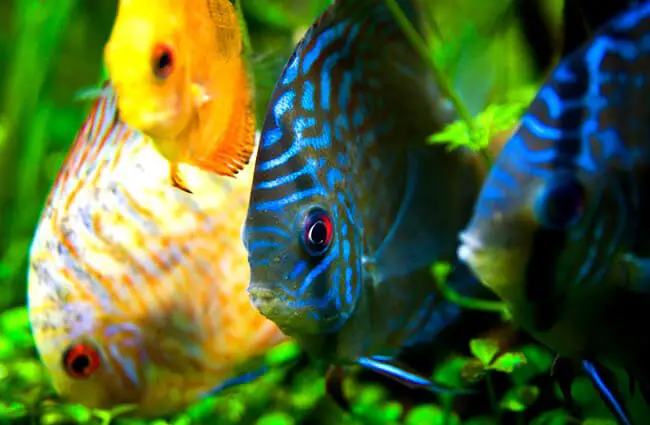
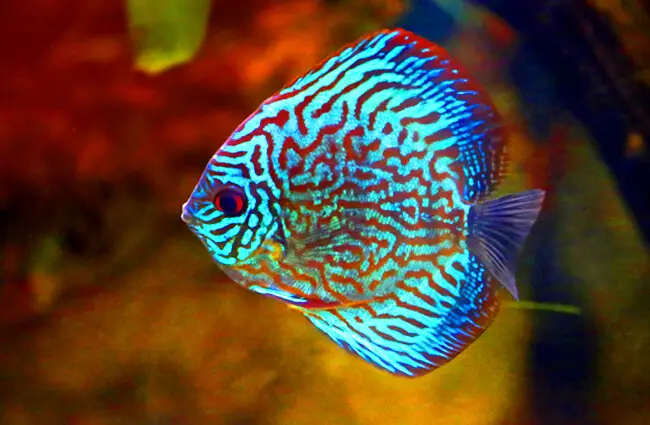

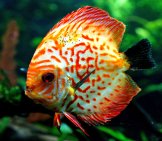


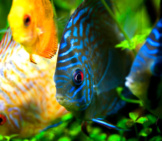

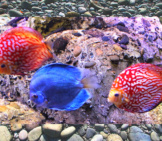
![Red Angus Closeup of a beautiful Red Angus cowPhoto by: U.S. Department of Agriculture [pubic domain]https://creativecommons.org/licenses/by/2.0/](https://animals.net/wp-content/uploads/2020/03/Red-Angus-4-238x178.jpg)












![Red Angus Closeup of a beautiful Red Angus cowPhoto by: U.S. Department of Agriculture [pubic domain]https://creativecommons.org/licenses/by/2.0/](https://animals.net/wp-content/uploads/2020/03/Red-Angus-4-100x75.jpg)

